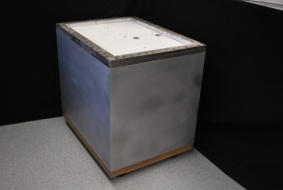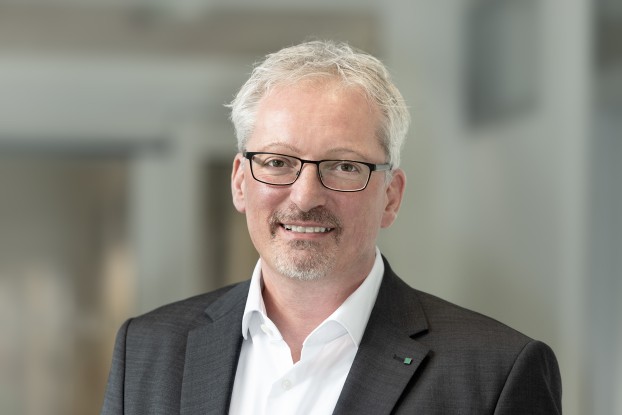
Through the use of active components (actuators, sensors, as well as regulators), a system’s functionality can be increased. The active influence of vibrational behaviour offers, for example, the possibility of active sound reduction or auditory masking. Active noise cancellation (ANC) and active structural acoustic control (ASAC) are research fields used for active noise compensation, which is achieved through the insertion of artificially generated sound (structure-borne and/or airborne sound) by means of active components.
Currently at the Research Group SAM, we are researching to further develop the following processes as well as their relation to human listening behaviour:
- Multiple use of active transducers for additional noise generation – existing active systems offer the opportunity to use already available actuators and sensors for further purposes. For example, it is imaginable to dampen structural resonances with an active system in the low frequency domain (primary goal) while simultaneously generating structural vibrations (masking noise) in the high frequency domain. This allows the system to appear more pleasant.
- Consideration of human hearing on the control of active systems – the acoustic behaviour of mechanical structures can be customized by means of active components. The ‘sound quality’ of products – a measure of how customers rate product noise – is becoming an increasingly more important consideration. Successfully achieving the goal of producing simple, quiet products can lead people to notice annoying noises in quiet, noise-controlled environments that otherwise would not be obvious. The goal of our research project is to extend the existing methods for active noise reduction using our knowledge of human hearing. The error signal should be weighed in terms of the functionality of human hearing as well as the effect of noise on people in order to obtain a result that is fitted to humans. The focus is primarily on using active components to make the acoustic behaviour more pleasant and not on reducing the sound radiation.
Contact:


